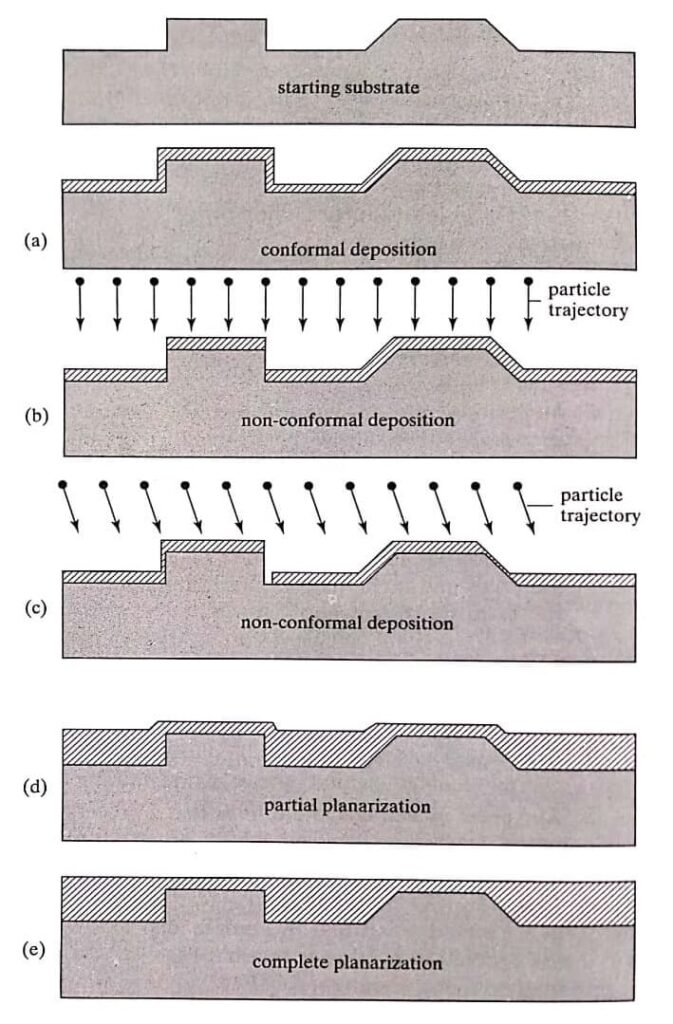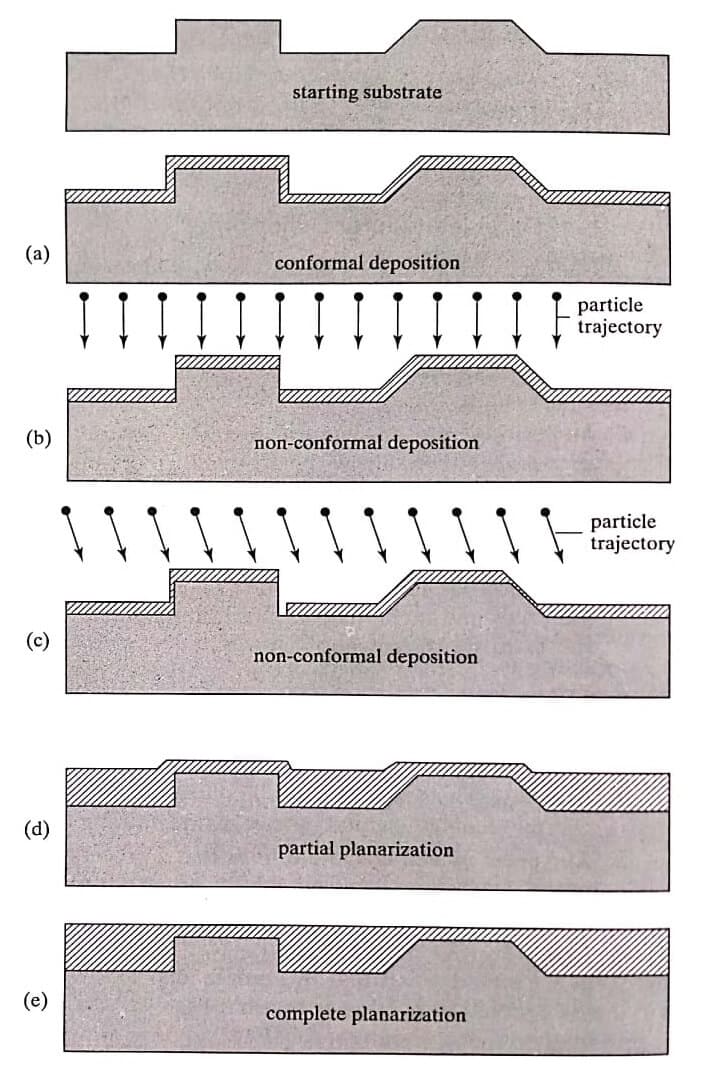To following is a list of important issues to consider when evaluating an etching process.

Etch rate. The speed of material removal is important. A higher etch rate translates into shorter etching time and greater manufacturing throughput.
End point detection. Determining that a process step has finished is not as easy as it may sound. There are process variability according to location, time, and other factors hard to control.
Etch rate selectivity. Selectivity is defined as the ratio between the etch rate of the targeted material and that of non-intended materials, such as mask layers. The selectivity ratio should be as large as possible. For example, an etchant should not attack the mask at all in the ideal situation. A MEMS student or researcher will develop, over time, a working knowledge base of cross-reactivity. Comprehensive reactivity matrix between a large number of materials and etching methods in a consistent laboratory setting has been published [76,77]. These provide excellent reference for beginning readers. However, material etch properties depend on specific laboratory conditions and procedures and should be calibrated and documented for each laboratory and facility.
Processing temperature. The temperatures of the bulk and of the etching medium are highly relevant. Process steps with high temperature limit the selection of materials. The etch rate of many systems are temperature dependant.
Etch uniformity across a wafer. More often than not, etch rate is nonuniform across a wafer surface. This complicates process control, especially when wafer sizes are large.
Sensitivity to overtime etch. Because of nonuniform etch rate over a wafer, some structures on a wafer are finished earlier than others. These structures that are finished early must endure over-time etch to allow all structures on a given wafer to reach a desired end point. Over-time etch is unavoidable. A robust process that is insensitive to over etch is al. ways desirable.
Safety and cost of etchants. Certain etchants are hazardous to health when inhaled or get into contact with skin. It is important to know the material safety issues associated with each etchant. The material safety data sheet (MSDS) of a given product should always be consulted and strictly adhered to.
Surface finish and defects. Different etching methods and materials result in varying degrees of smoothness of surfaces and crack densities. The smoothness is important for many device and material performance aspects. For example, the fracture strength of single crystal silicon microstructures is found to be affected by the etchants used to form those [2]. In practice, it is important to know the degree of smoothness associated with various etching methods and conditions, and ways to improve the smoothness or artificially roughen a surface if necessary.
| Read More Topics |
| Microelectronics fabrication process flow |
| Classification of analog instruments |
| Reactive ion etching |
| Vibration galvanometer |






